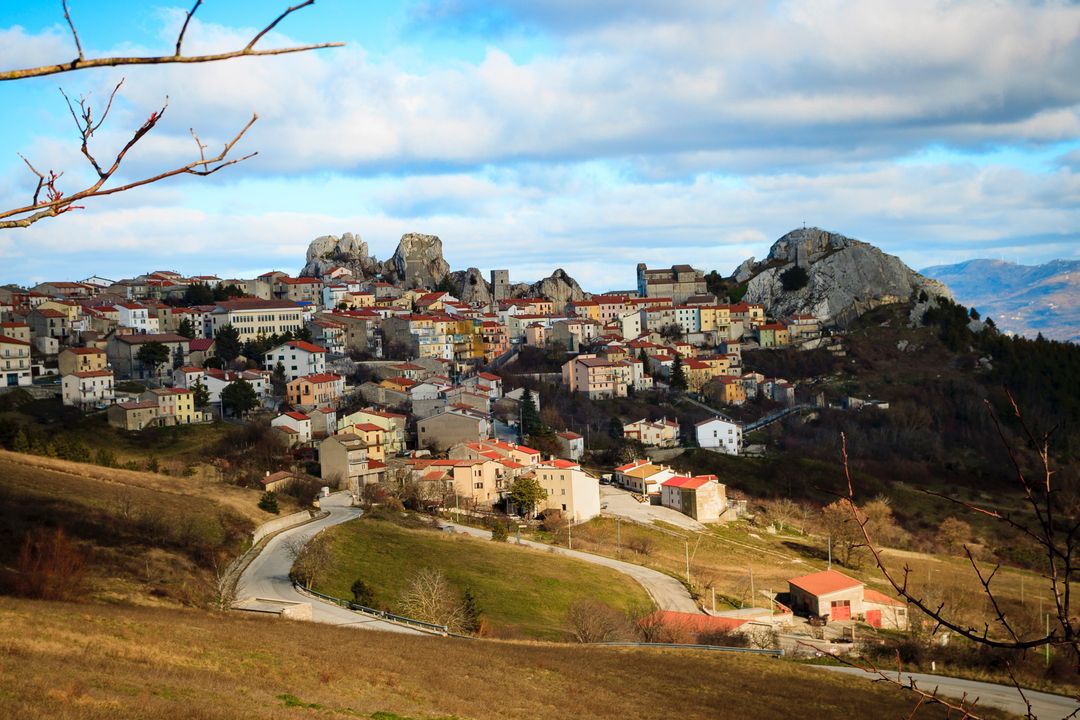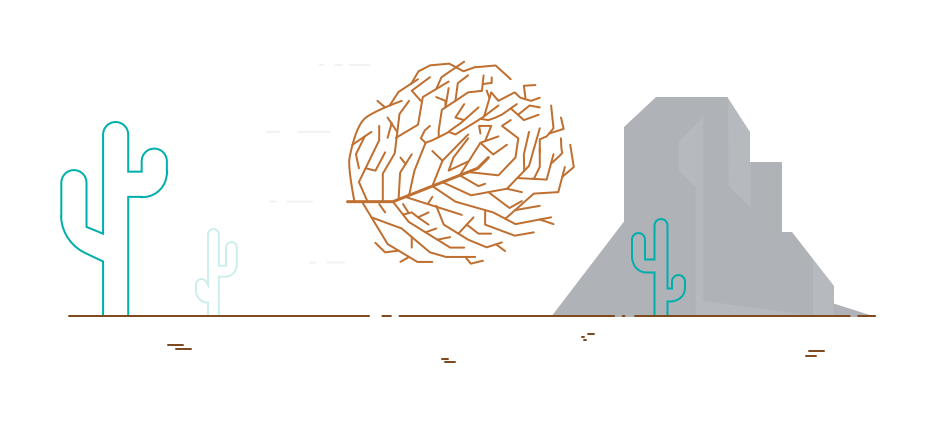alugha goes podcasts
Thanks to alugha, it is now possible to listen to podcasts, to enregister them as well as to trancribe and to multilingualise them
In Italy people speak more languages than only Italian. Read and find out about them.

Read this article in: Deutsch, English, Italiano
Estimated reading time:8minutesIt is too late to talk about the European Football Championship, but Italy is now in the final. So it's time to look at this country in terms of its languages and minorities.
Of course, in Italy, people speak Italian. For most people, this language sounds particularly beautiful and melodic. Probably not least because of this, most operas are written in Italian, because this language is actually the very best for singing. The great Luciano Pavarotti was incredibly lucky that this language was his mother tongue.
But also in Italy there are minorities that speak their own language. These will be the subject of the following article. Again, I will limit myself to autochthonous minorities. More about this, as well as a short debate about it, can be found here.
A minority in Italy are speakers of German. This West Germanic language is spoken in the region of Trentino-Alto Adige. Moreover, German is a recognized regional official language in Italy. In South Tyrol, up to 70% of the inhabitants speak German, whereas in Trentino, Italian is spoken almost exclusively. The German dialects spoken in South Tyrol and in the Trentino language islands of the Zimbern and the Fersentaler belong to the Bavarian-Austrian dialects. The standard variety in South Tyrol is "Südtirolerdeutsch" (South Tyrol German), which has some peculiarities that are missing in the standard German spoken in Germany. These peculiarities are characterized by the interference with Italian. On the lexical level, words such as "Identitätskarte" (ital. carta d'identità), which corresponds to "Personalausweis" in Standard German, or loan translations such as "Stammrollenlehrer" (insegnante di ruolo), which refers to a civil servant teacher, were created in this way.
Ladin is a variety of Rhaeto-Romance. Rhaeto-Romance is a collective term for Romance varieties spoken in the area of the Central and Eastern Alps. It is, however, highly controversial whether all these varieties are a separate language or different dialects of one language. But, as is well known, this is not so simple. Criteria for determining whether a variety is a language or a dialect can be found here. Ladin has about 30,000 speakers.
(1) Pare nost, che t’ies en ciel
Father our REL you-are in heaven
Another variety of Rhaeto-Romance spoken in Italy is Friulian, which is the largest with 500,000 speakers. It is spoken in the north-east of Italy, in the Friuli-Venezia-Giulia region.
(2) Pari nestri, che tu sês tai cîl.
Another regional language in Italy is French. It is spoken there in the Aosta Valley. The place names there are almost exclusively French and rarely Italian. However, it is the mother tongue of very few people there. More pronounced is Francoprovençal, which I will illustrate again in a moment. However, many people there have a knowledge of French.
Another Romance language spoken both in the Valle d'Aosta and in some valleys in Piedmont, as well as in some Apulian language islands, is Francoprovençal. Here, too, it is very controversial whether it is a language or an Occitan dialect (see also here).The following example shows the Francoprovençal from the Aosta Valley.
(3) Noutro Përe que t’ë su i chiel...
When it comes to Catalan, Italy is not the first country that comes to mind. There, it is spoken in Alghero in Sardinia by about 20,000 speakers. Alghero belonged to the Kingdom of Aragon from 1354. The original inhabitants of Alghero were displaced by Catalan settlers from Campo de Tarragona, Barcelona, Valencia, Tortosa and Mallorca. In this way, different Catalan varieties mixed with Sardinian and Italian elements (for more on Catalan in France, click here).
Sardinian is a Romance language in its own right with about 1,000,000 speakers. In the Middle Ages, Sardinia was largely independent and the language developed in relative isolation. For this reason, Sardinian is considered an archaic Romance language. Sardinian also has dialects, the northern ones of which are more related to Corsican.
(4) Babbu nostru ch’istas in sos chelos.
Occitan is also spoken in Italy. Its territory consists of the southern Alpine valleys of Piedmont and the smaller linguistic islands of southern Italy. It is a Gallo-Romance language (find out more about Occitan here).
In the Friuli Venezia Giulia region, Slovene is spoken by about 5% of the regional population. Slovene is a Slavic language, which is also taught in the respective municipalities. It is even possible to take a school-leaving examination in Slovene.
Distributed throughout the Mezzogiorno, but also in Sicily, Albanian is spoken by about 8,000 people. Albanian constitutes a separate branch of the Indo-European languages. The variety of Albanian spoken in Italy is called Arbëreshë. This is an ancient variety that makes up a dialect group of Tosk and was significantly different from the standard language of the time. With the expansion of the Ottoman Empire in the 14th century, numerous Christian Albanians fled to Dalmatia, southern Greek areas and present-day Italy. There were a total of 9 waves of emigration to Italy. The last of these continues to this day.
Today's standard Albanian language is actually based on a southern Tosk dialect, but because of the different accents and inflections, Arbëreshë is not easily understood by native speakers of standard Albanian. In the lexicon, too, Arbëreshë and today's Standard Albanian differ considerably. About 45% of the words are the same. The influence of language contact with Italian, especially with southern Italian dialects, is therefore enormous. Arbëreshë is considered endangered. The younger generation speaks it less and less, which is partly due to the fact that there is no uniform Arbëreshë, but that it can be very different locally. In general, the language of communication among Italo-Albanians is Italian.
Some Italo-Albanians belong to the Catholic Church, others to the Byzantine Church or the Greek Orthodox Church.
Another language spoken in Italy is Griko. The status of Griko as a language or dialect of Greek is disputed. In Italy, Griko is a recognised minority language and is spoken in smaller communities in Puglia and Calabria. In Greek, this dialect is also called Katoitaliótika (Low erItalian). This variety contains ancient Greek, Byzantine Greek and Italian elements.
There are various hypotheses as to how this variety developed. On the one hand, there is the hypothesis of Rohlfs and Chatzidakis (1977), who assume that the roots of Griko go back to antiquity, when the Greeks founded colonies in southern Italy. On the other hand, there is Morosis' (1870) hypothesis, which assumes that the Griko can be traced back to the language of Byzantine settlers.
Griko language has an extensive repertoire of folklore. The songs are successful in Italy and Greece.
Besides Italian and Arbëresh, Molise Croatian (also called Molise Slavic or Slavomolisano) is also spoken in the Molise region. This is a South Slavic language that is also spoken in the Campobasso region, Australia in the Perth region and in Argentina by migrants from these same Italian localities. It is also disputed whether Molise Croatian is actually a language in its own or a Croatian or Serbo-Croatian dialect.
There are various hypotheses about the origin of Molise Croation people, which can be traced back to the linguistic characteristics of this variety. Molise Croatian has Čakavian-Shtokavian-Ikavian features that can also be found in southern Croatian dialects. It is assumed that the ancestors of the Molise Slavs emigrated about 500 years ago. This date is supported by the complete absence of Turkicisms in Molise Slavic, which is why it is assumed that the emigration took place before the Ottoman expansion. Also missing in this variety is the genitive plural ending -ā, which had only developed in Croatia after the 16th/17th century. The cases described here show that linguistics can sometimes be a good tool for historical research. Interdisciplinary work is generally to be advocated.
Due to the very strong language contact between Italian and Molisecroatian, the locative and vocative declensions were lost, but the other cases remained independent of Italian.
The comparative in Molise Slavonic is completely analogous to Italian analytically with veča (more, Italian: più). Italian interference is thus evident at all levels.
Italian has a large number of dialects, some of which are very different from standard Italian, so that some of them are sometimes considered a language in their own right. An example of this is Venetian.
As in many other European countries, Yiddish and Romani are not recognised in Italy. Another largely extinct language is Judeo-Italian, about whose speaker numbers little is known. The writer Primo Levi wrote about Judeo-Piedmontese in his novel "The Periodic Table". Nor is an exact number of speakers of Judeo-Spanish in Italy known.
Did you know that so many languages are spoken in Italy?
If you want to read about an Italian girl living in Germany, click here.
#alugha
#everyoneslanguage
#multilingual
Sources:
Gabriel, Christoph & Meisenburg, Trudel (2007): Romanische Sprachwissenschaft, Paderborn: Wilhelm Fink (inclunding the quotations from the Our Father)
Morosi, Giuseppe (1870): Studi sui dialetti greci della terra d'Otranto, Lecce
Rohlfs , Gerhard (1977): Grammatica storica dei dialetti italogreci: Calabria, Salento. (Trad. del manoscritto tedesco di Salvatore Sicuro). München: Beck
https://blog.fid-romanistik.de/2020/12/05/judenspanisch-ein-historischer-und-linguistischer-ueberblick-zum-dia-internacional-del-ladino-am-5-12/ (08.07.2021, 14:32)
https://de.wikipedia.org/wiki/Arb%C3%ABresh (08.07.2021, 14:57)
https://de.wikipedia.org/wiki/Griko (08.07.2021,14:19)
https://de.wikipedia.org/wiki/Italien#Sprachen_und_Dialekte (08.07.2021)
https://de.wikipedia.org/wiki/Moliseslawische_Sprache (08.07.2021, 14:26)
https://de.wikipedia.org/wiki/Slowenische_Sprache (08.07.2021, 14:30)
https://de.wikipedia.org/wiki/Venetische_Sprache_(romanisch) (08.07.2021, 14:29)
https://en.wikipedia.org/wiki/Griko_dialect (08.07.2021, 14:18)
https://en.wikipedia.org/wiki/Languages_of_Italy (08.07.2021, 14:23)
https://en.wikipedia.org/wiki/Slavomolisano_dialect (08.07.2021, 14:25)
https://it.wikipedia.org/wiki/Lingua_croata_molisana (08.07.2021, 14:27)
https://it.wikipedia.org/wiki/Dialetto_griko (08.07.2021, 14:19)
https://it.wikipedia.org/wiki/Lingue_dell%27Italia (08.07.2021, 14:24)
http://www.glottopedia.org/index.php/Judenitalienisch (08.07.2021, 14:22)
Photos: Lorenzo Lamonica via Unsplash

Thanks to alugha, it is now possible to listen to podcasts, to enregister them as well as to trancribe and to multilingualise them
Podcasts enjoy great popularity. However, you still don't find transcripts for them that often. But why do you actually need a podcast transcript? And how do I create one?
The year 2023 has started and the alugha team wishes you a happy, healthy and successful new year. We also have a tip for you: start your year multilingually!